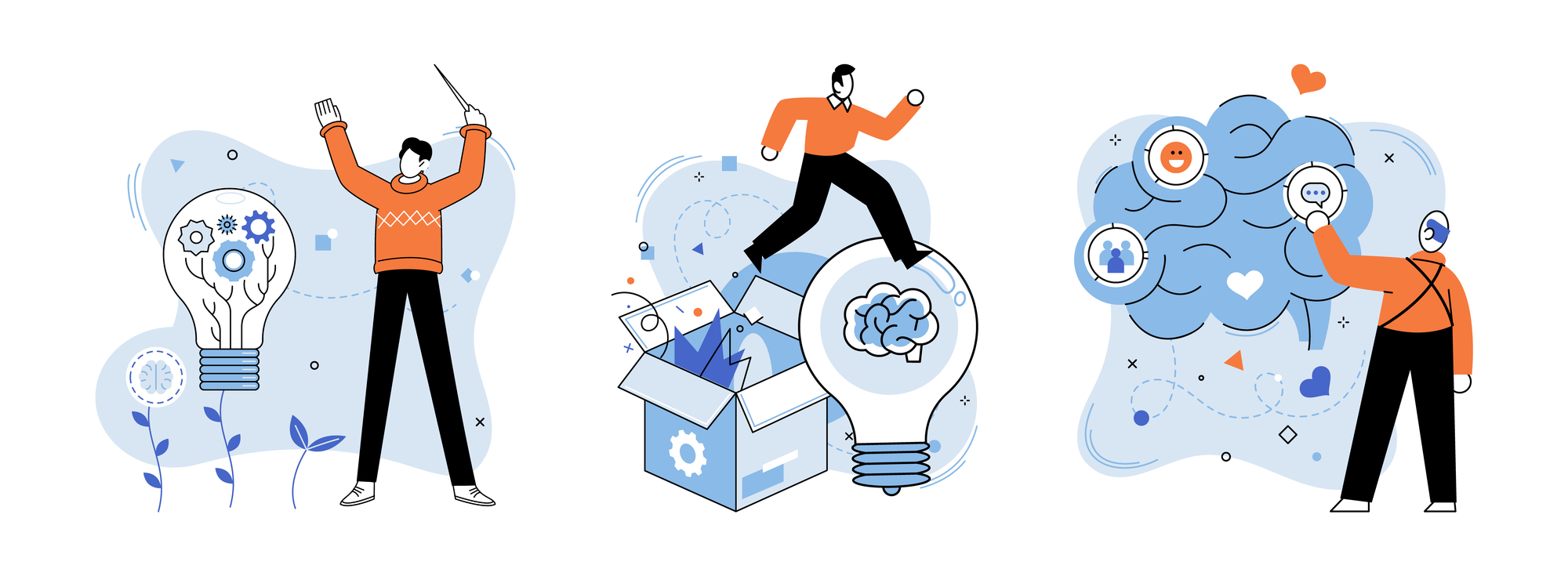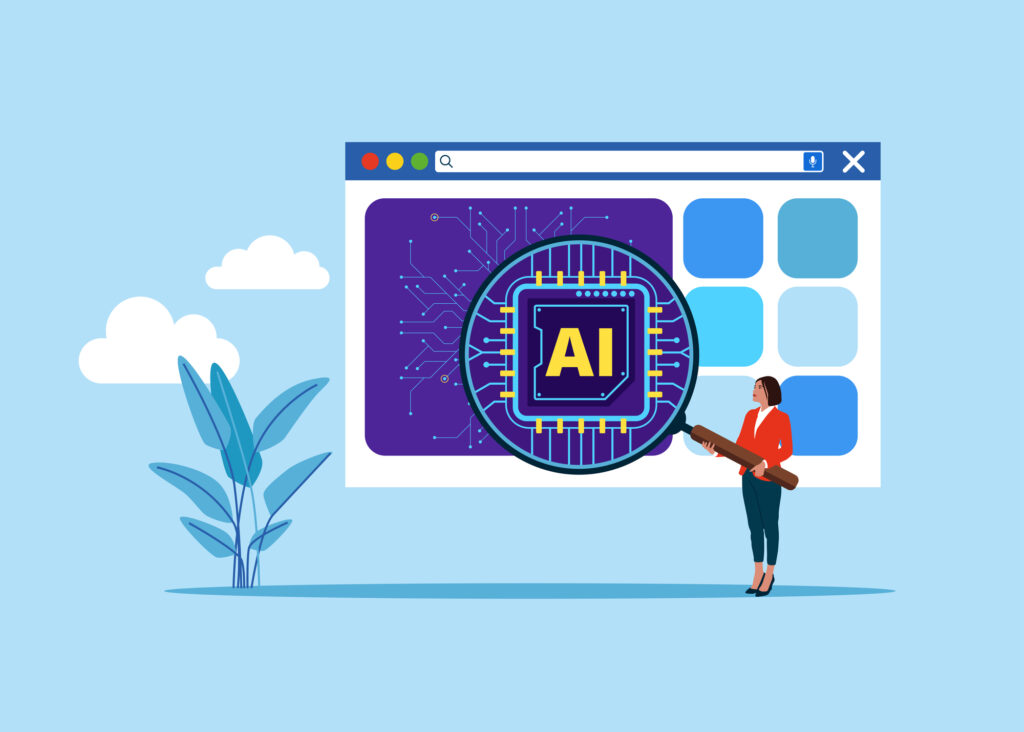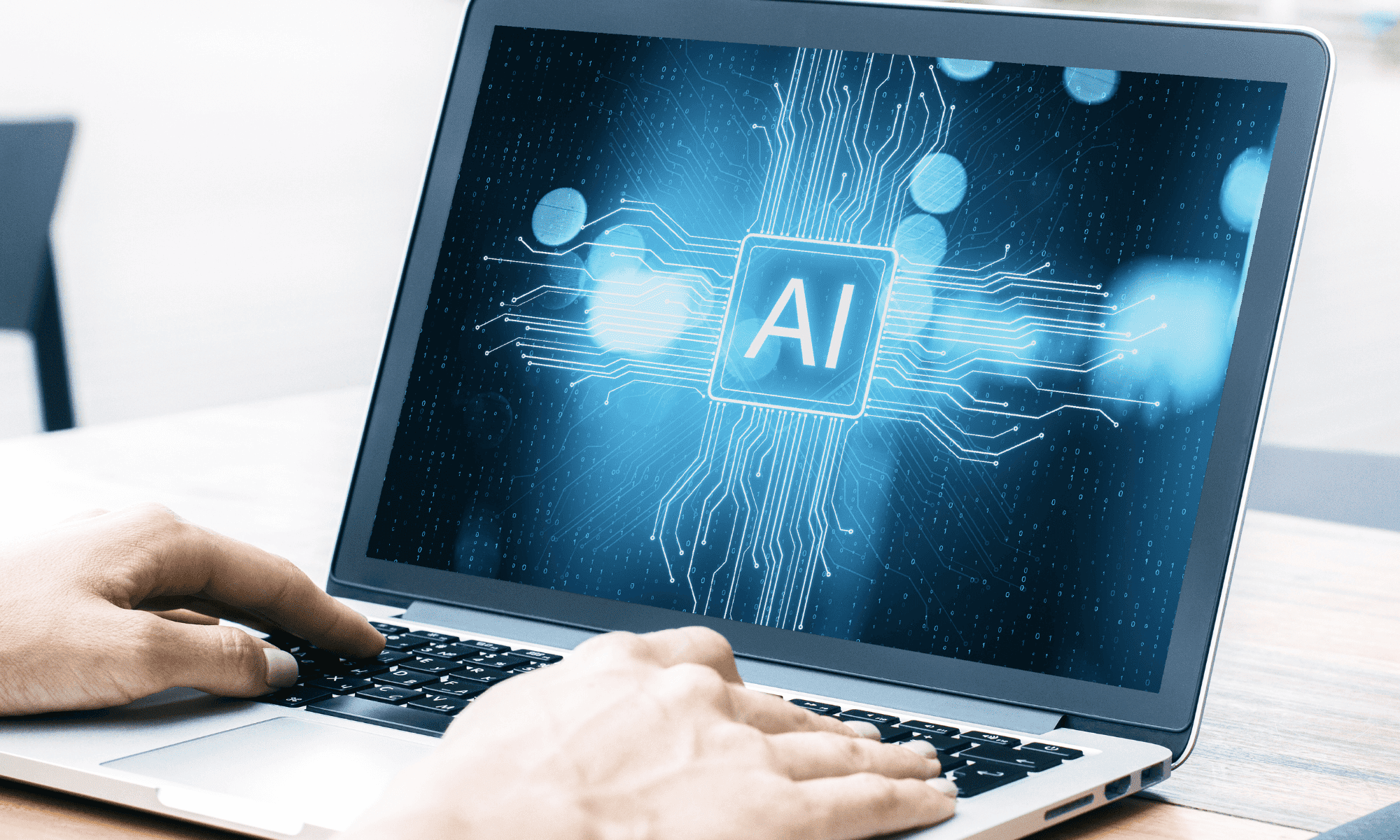In the dynamic world of marketing, hyper-personalization is emerging as a game-changer. By leveraging advanced technologies like AI and big data, businesses can deliver highly customized experiences to individual consumers. Here’s how hyper-personalization is transforming the landscape of advertising and marketing:
1. Enhanced Customer Experience
Hyper-personalization tailors marketing messages to individual preferences, needs, and behaviors. By analyzing data from various sources such as browsing history, purchase patterns, and social media interactions, businesses can create highly relevant ads. This not only improves customer engagement but also boosts satisfaction by providing what the customer truly wants.
2. Increased Conversion Rates
Personalized marketing campaigns are significantly more effective than generic ones. When customers feel that an ad speaks directly to them, they are more likely to convert. This leads to higher click-through rates (CTR) and improved return on investment (ROI) for marketing efforts.
3. Real-Time Personalization
With AI and machine learning, real-time personalization has become feasible. Businesses can dynamically adjust their marketing messages based on real-time data, such as current browsing behavior or recent purchases. This immediacy ensures that the ads are always relevant and timely, increasing the likelihood of conversion.

4. Predictive Analytics
AI-driven predictive analytics helps businesses anticipate customer needs before they arise. By analyzing past behavior and trends, businesses can predict what products or services a customer might be interested in next. This proactive approach allows for the creation of highly targeted marketing campaigns that can drive future sales.
5. Cross-Channel Personalization
Customers interact with brands across multiple channels, including email, social media, websites, and mobile apps. Hyper-personalization ensures a consistent and personalized experience across all these touchpoints. For example, a customer might receive a personalized email recommendation based on their recent social media interactions with the brand.
6. Improved Customer Loyalty
When customers receive personalized and relevant content, they are more likely to develop a strong connection with the brand. This loyalty can lead to repeat purchases and long-term customer relationships. Hyper-personalization fosters trust and shows customers that the brand understands and values their individual preferences.
Conclusion
Hyper-personalization in marketing is not just a trend but a necessity in today’s competitive landscape. By delivering tailored experiences that resonate with individual consumers, businesses can enhance customer satisfaction, increase conversion rates, and build lasting relationships. Embrace hyper-personalization to stay ahead of the curve and drive your marketing success.





